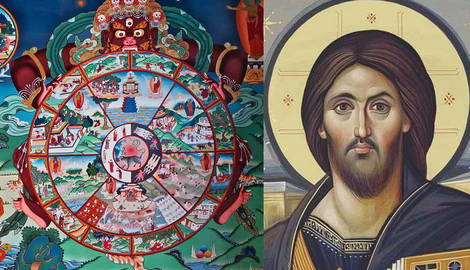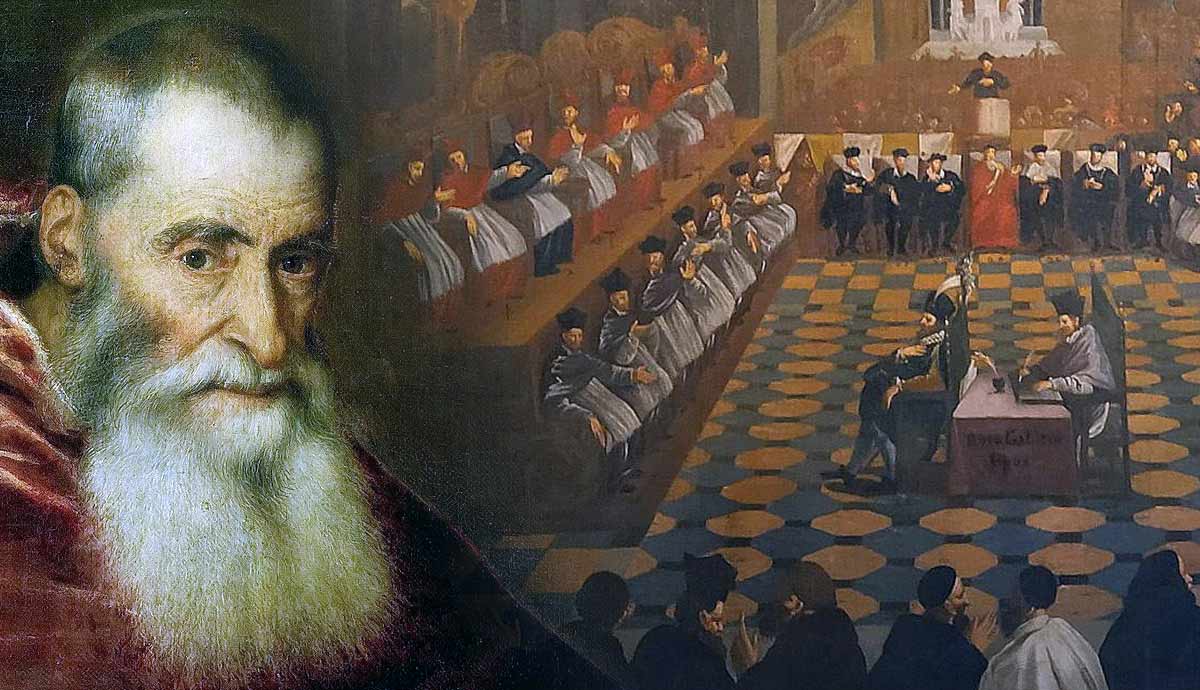
Christians and religious scholars alike have long been fascinated by the mystery of the ‘unknown’ years of Jesus Christ. The gospel of Luke (2:41) tells the story of Jesus at 12 years old, engaging with temple elders in Jerusalem. The next mention of Jesus in the Gospels is when he begins his ministry at “about 30 years of age” (Luke 3:23). This gap in the life of Jesus within the New Testament has spurred intense debate about his whereabouts and activities during this period. Among the more esoteric accounts are claims that Jesus spent these years – and more – in India, seeking self-enlightenment and preaching to the lost tribes of Israel.
The Unknown Years of Jesus

Ideas about the “lost years of Jesus” have marked esoteric religious literature since at least the twelfth century, but emerged for popular consumption in the nineteenth. These speculations stem from the existence of an 18-year gap in the New Testament accounts of Jesus’ young life.
In the Gospel of Luke, Jesus is mentioned at the age of 12, but his subsequent years before he turns 30 are unaccounted for. Christian tradition generally holds that Jesus lived in Galilee during this period, living as a humble carpenter, as implied in Mark 6:3, before starting his ministry at the age of 30.
However, the “lost years” have also sparked fierce debate. Many have sought to unravel the mystery of these missing years, offering a range of imaginative and speculative accounts. Various theories suggest that Jesus traveled widely during this time, with claims of his presence in Britain, the ancient Americas, and even, as far as India.
The Unknown Life of Jesus Christ

In The Unknown Life of Jesus Christ (1894), Nicholas Notovitch sheds light on the unknown story of Jesus in India. According to Notovitch, after breaking his leg in India and recovering from it at the Hemis Monastery in Ladakh, he learned of an ancient, mysterious manuscript.
The ancient text, entitled “The Life of Saint Issa” purportedly detailed the story of Jesus’ (known as Issa in Arabic) journey of self-enlightenment across India. According to the text, at 13, Jesus left Judea to study the religions of India. After 6 years of studying the Vedas with Brahmin priests, he crossed the Himalayas to study Tibetan Buddhism, eventually leaving India via Persia for Judea at the age of 29.
Notovitch’s book became a bestseller but he never produced any evidence of his claims. Contacted by two India-based academics, Max Muller and J. Archibold Douglas, the Head Lama of Hemis replied that Notovitch had never set foot in the monastery and that the manuscripts described didn’t exist.
Jesus In India

Mirza Ghulam Ahmad’s Jesus In India (1908) draws on Christian gospels, Islamic texts such as the Koran and Hadith, and what he claimed to be ancient Buddhist sources, to support the view that Jesus survived crucifixion and headed East.
According to Ahmad, Jesus was injured but escaped death on the cross. Instead, he set out on a journey through Turkey, Persian, and Afghanistan in search of the Lost Tribes of Israel. After eventually reaching India, Jesus settled and continued his ministry. He lived to be an old man and was buried in the Rozabal Tomb at Srinagar, Kashmir.
Although Ahmad’s arguments are generally rejected by mainstream religious scholars, they do reconcile the biblical Jesus with Islamic accounts of his life. Particularly the belief that Jesus was not crucified but raised to heaven. Regardless, no archeological evidence has been found to support the claim that the Rozabal Tomb contains Jesus.
Theories That Jesus Lived in India

Holger Kersten’s Jesus Lived in India (1983) promotes Notovitch’s claim that Jesus lived in India between the ages of 12 and 29, and Ghulam Ahmad’s claim that he lived in India between the ages of 33 and 120, before ultimately being buried in Rozabal Tomb in Srinagar, Kashmir.
Combining these narratives, Kersten presents a more comprehensive account for popular consumption. However, like The Unknown Life of Jesus Christ and Jesus In India, his work has been criticized for its selective interpretation of texts and a lack of historical and archeological evidence to support his claims.
While it seems improbable that Jesus would have returned to Galallie at 30, and been baptized in the River Jordan, only to conceal a major part of his life from his beloved disciples, his “missing years” also appear too significant to dismiss. For religious scholars and followers of Jesus Christ, the debate over his early life is likely to continue.










